

Max Davies
2025 Toyota Corolla SX review
5 Days Ago
VW is pushing for new Multivan, Transporter and Caravelle models in late 2024. Production of the current models will end in 2023.

News Editor
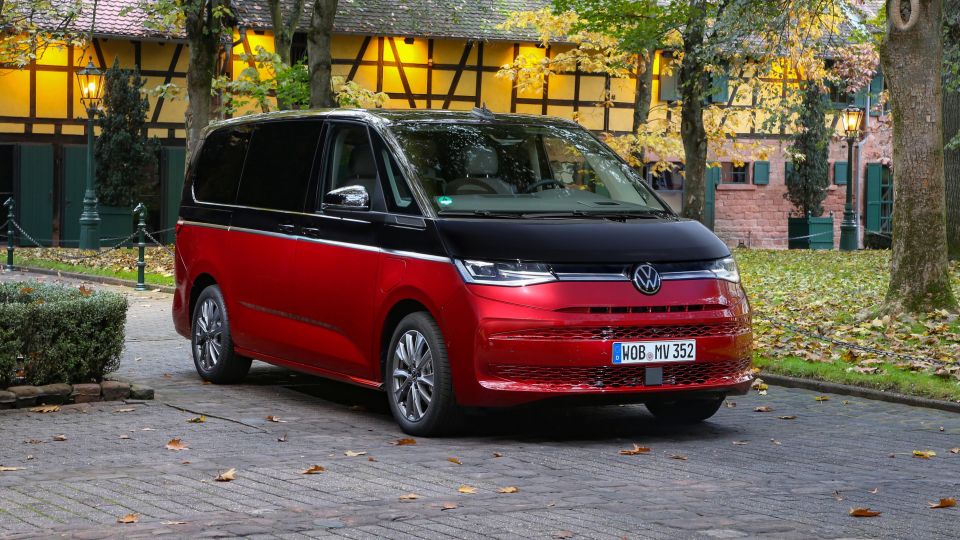

News Editor
Volkswagen’s van and people-mover line-up is set for a significant overhaul, with the T7 Multivan and as-yet unrevealed next-generation Transporter and Caravelle set for launch in late 2024.
They’ll follow the ID. Buzz, which is pencilled in for a mid-2024 launch.
“T6.1 Transporter, Multivan and Caravelle [production] will run until the end of next year. And at that point, we need a succession plan for those cars,” said Ryan Davies, director of Volkswagen Commercial Vehicles in Australia.
“Over the next months we’ve got to refine the future going forward after 2024.

“T7 Multivan obviously exists, it’s available globally. We’re just going to try and get some hands on some for this market.
“[2024 is] when we we’d love to kick it in. But that’s not confirmed. So we’ve just got to continue to work with headquarters on that.”
In Australia, the Caravelle nameplate is used on an extended-length variant of the T6.1 range with four rows of seating for nine seats in total, a configuration not yet available in the T7 range.
While the T7 Multivan is offered with a choice of petrol and diesel engines, there’s also a plug-in hybrid – and the local arm is keen.
“We see a good opportunity for that car. And we’re desperately trying to get it,” said Mr Davies.
MORE: 2022 Volkswagen Multivan T7 European review
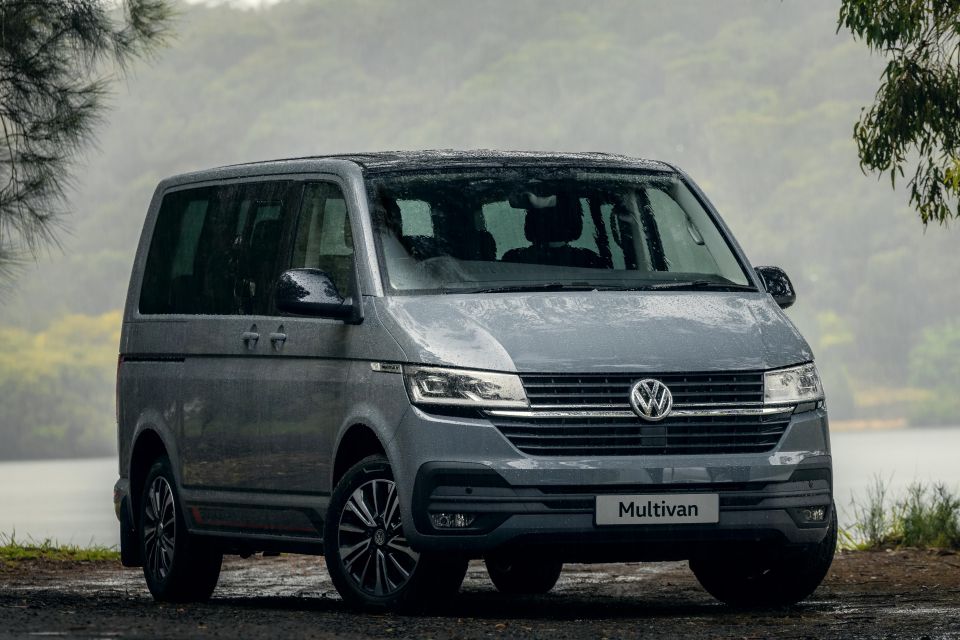
The T7 Multivan was revealed in 2021 and went on sale in Europe earlier this year, which means Australia is experiencing a significant delay.
Asked why the delay is so lengthy, Mr Davies said: “It’s really strong demand in Europe and, with the engine variants that are in that car, I guess they need to be distributed to the markets where they’ve got penalties if they don’t meet certain CO2 emissions, targets or criteria first.”
“So we’re not that worried about it, because we’ve still got T6.1. And I believe that T6.1 could theoretically run longer than next year, that car is still in high demand here. And I think it has a future beyond the end of next year,” he added, though he noted T6.1 production is still set to end in 2023.

With the T7 generation, the Multivan has diverged from the Transporter. Instead of being based on the cargo van, it now uses the MQB architecture underpinning cars and crossovers like the Golf and Tiguan.
The next Transporter, in contrast, will be manufactured by Ford Otosan, Ford’s joint venture in Turkey, alongside the next-generation Transit Custom.
Ford and Volkswagen are working closely on commercial vehicles. The new Amarok, for example, is based on the new Ranger, while the new Ford Transit Connect is closely related to the Volkswagen Caddy.
Measuring 4973mm long, 1941mm wide, up to 1903mm tall, and riding on a 3124mm wheelbase, the T7 Multivan should have plenty of space for seven passengers and all their gear.
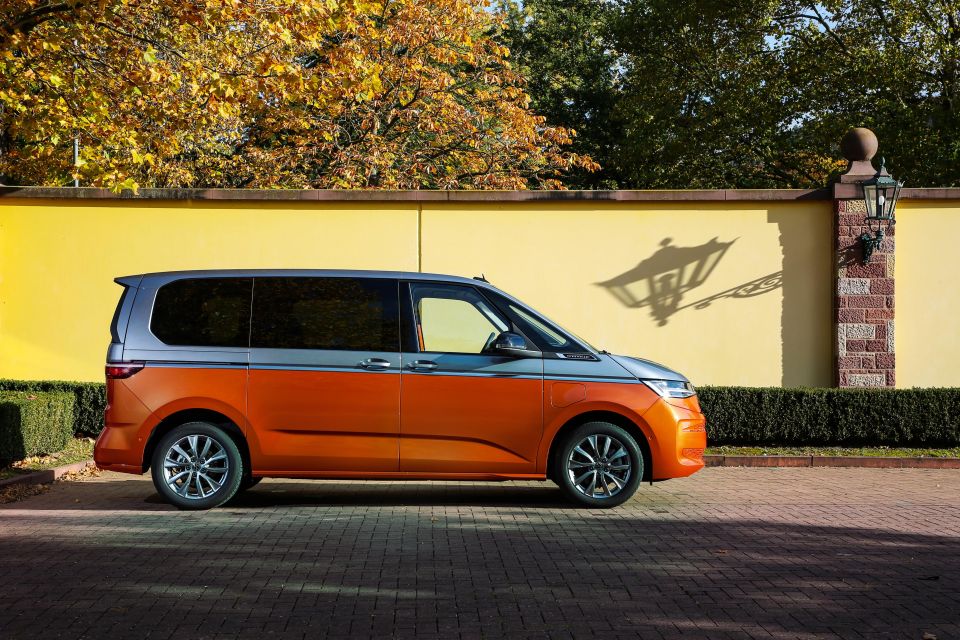
Even with all three seating rows in place the Multivan has 469 litres of luggage space. Folding down the last row allows the car to carry 1850L of stuff. Removing the second row entirely boosts capacity to 3672L.
An extended-length model measuring 5173mm long is also available. This variant can carry up to 4053L with only the front row in place.
Volkswagen says the seats in the second and third row are 25 per cent lighter to make seat removal a less back-breaking process. As the second row can swivel up to 180 degrees, passengers in the back can face one another.
An available table mounted on a central track completes the mini-boardroom feel.

For those sitting up front there’s a 10.25-inch digital instrument cluster, a 10.0-inch touchscreen infotainment system, and two USB-C ports.
Available features include wireless smartphone charging and a 14-speaker Harmon Kardon sound system with a 840W amplifier.
Standard safety items include autonomous emergency braking, traffic sign recognition and lane-keep assist. A semi-autonomous driving mode that uses the adaptive cruise control and lane-keeping systems is an option in Europe, as is a surround-view camera setup.
The headline drivetrain option is a new plug-in hybrid setup, dubbed eHybrid, which mates a 1.4-litre turbocharged four-cylinder with an 85kW electric motor, a 13kWh lithium-ion battery and a six-speed dual-clutch transmission.
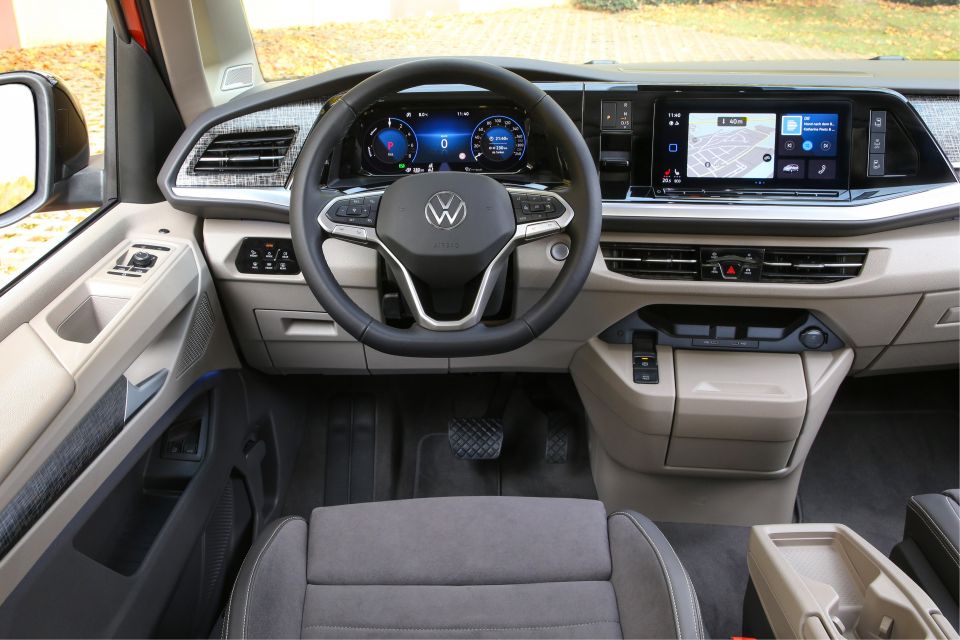
Volkswagen claims a total system output of 160kW and 50km of electric-only range.
The battery can be charged in a minimum of 3 hours 40 minutes on a 3.6kW AC charger. The Multivan eHybrid has a top speed of 190km/h and a 0-100km/h time of 11.6 seconds.
There are two other four-cylinder turbo petrol drivetrain options: a 100kW/220Nm 1.5-litre, and a 150kW/320Nm 2.0-litre. Diesel buyers are served by a 110kW and 360Nm TDI 2.0-litre.
These three engines drive the front wheels via a seven-speed dual clutch transmission.

MORE: Everything Volkswagen Multivan • Transporter • Caravelle
Where expert car reviews meet expert car buying – CarExpert gives you trusted advice, personalised service and real savings on your next new car.
William Stopford is an automotive journalist based in Brisbane, Australia. William is a Business/Journalism graduate from the Queensland University of Technology who loves to travel, briefly lived in the US, and has a particular interest in the American car industry.


Max Davies
5 Days Ago


James Wong
4 Days Ago


James Wong
3 Days Ago


Max Davies
2 Days Ago
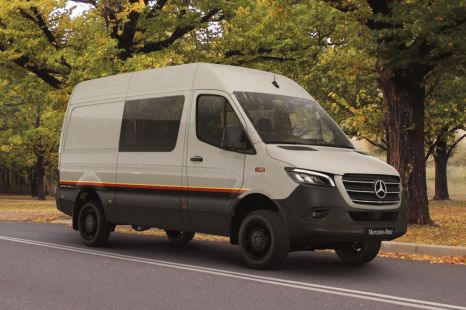

Marton Pettendy
19 Hours Ago
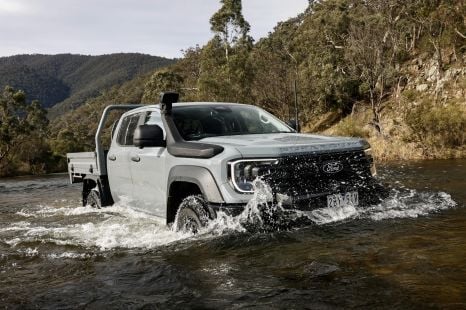

Max Davies
17 Hours Ago